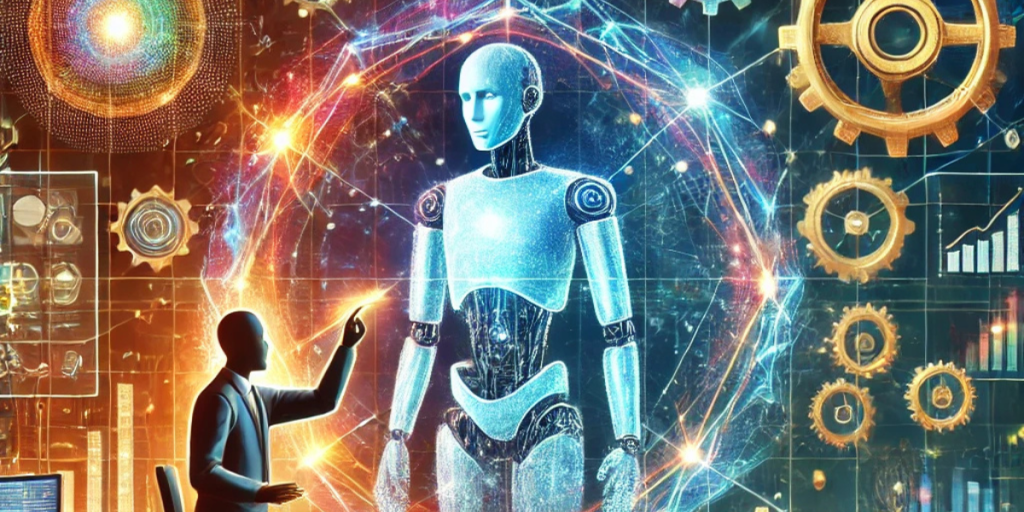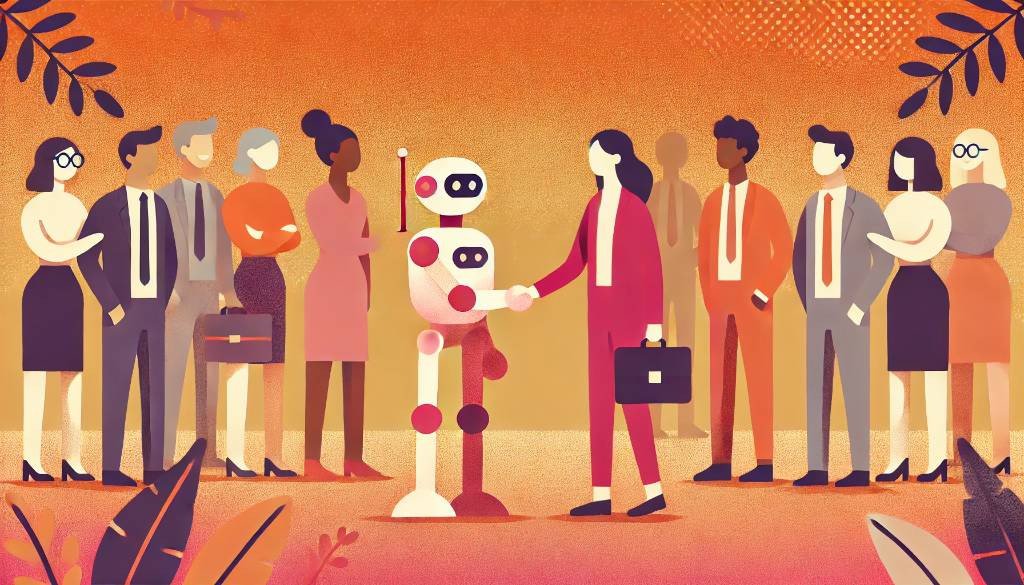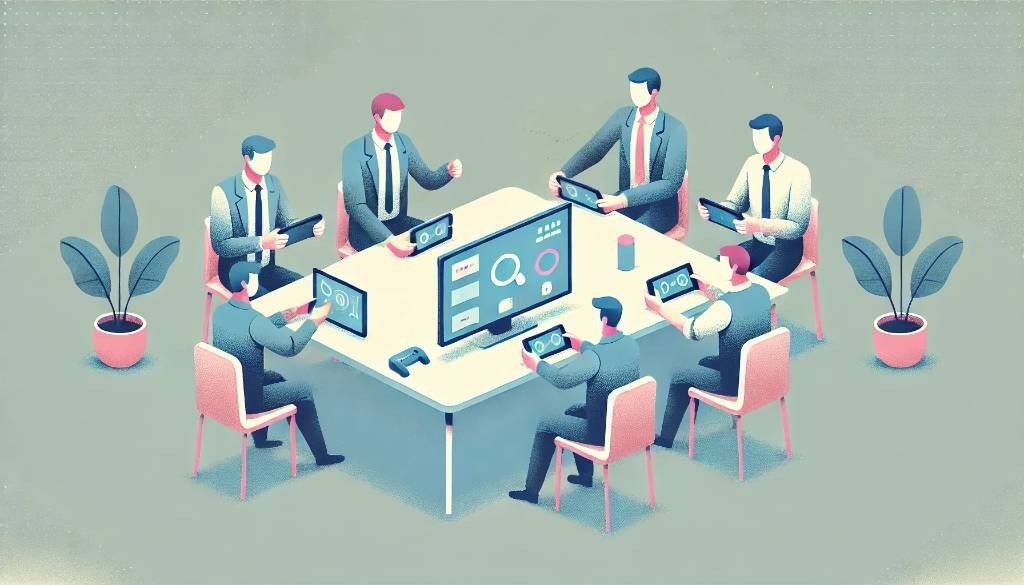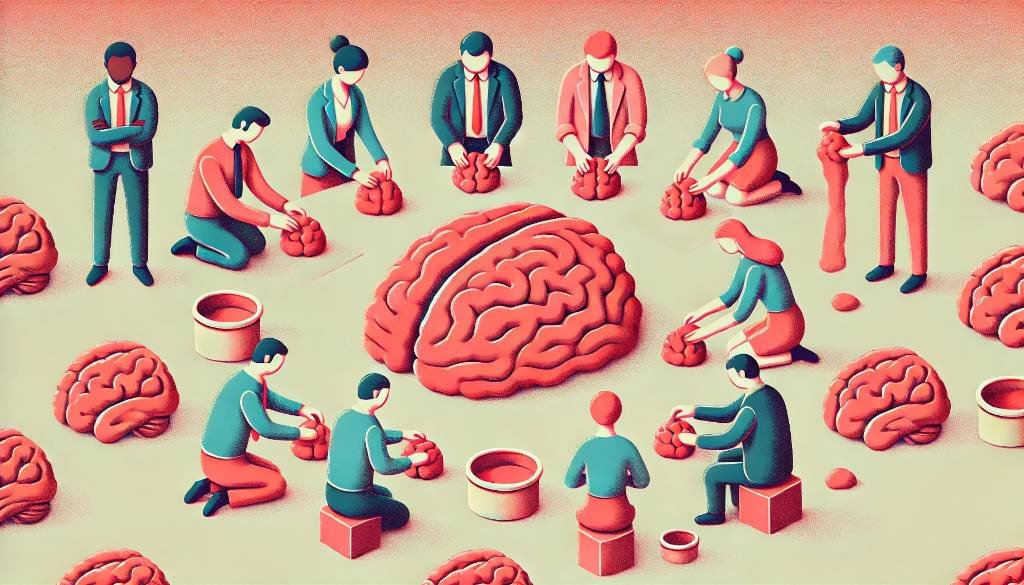As artificial intelligence (AI) continues to advance, its impact on the job market is undeniable. Jobs that once required human precision are now automated, and entirely new roles are emerging in response to the capabilities and limitations of these technologies. For businesses and professionals, the challenge is to adapt to these changes, seizing the opportunities AI creates while addressing its challenges.
Understanding the Shift: AI’s Impact on Work
AI’s ability to perform repetitive, data-driven tasks has fundamentally changed industries like manufacturing, customer service, retail, and even journalism. However, it doesn’t just displace jobs—it also creates them. This transformation isn’t about replacing humans with machines but about augmenting human potential, opening pathways to roles that didn’t exist a decade ago.
The following table showcases this transition, illustrating current job roles likely to be disrupted by AI and the emerging opportunities poised to replace them:
What’s Driving This Change?
AI disrupts jobs primarily by automating tasks that require consistency and speed, often in roles where routine and repetition dominate. For instance, manufacturing lines now employ robots for tasks like assembly and quality control, while AI in customer service replaces human agents for predictable queries.
However, this disruption isn’t the end—it’s a pivot. As these roles fade, opportunities arise for roles demanding creativity, strategic thinking, and ethical oversight.
Emerging Roles: The New Frontier
New jobs created by AI fall into three broad categories:
Technical Roles: Jobs like AI Maintenance Specialists, Robotics Technicians, and Fintech Developers are essential to develop and sustain AI-driven systems.
Creative and Strategic Roles: AI can’t replicate human creativity or empathy, making roles like Customer Experience Managers, Digital Marketing Strategists, and Content Curators crucial.
Ethics and Oversight Roles: With AI’s growing influence, roles like AI Compliance Officers and AI Ethics Specialists are needed to ensure responsible implementation.
Preparing for the AI Age
To thrive in this shifting landscape, professionals and organizations must embrace adaptability. Here are a few strategies:
Upskilling and Reskilling: Workers should focus on acquiring skills in data analytics, machine learning, and AI system maintenance. Soft skills like creativity and problem-solving are equally vital.
Education Reform: Educational institutions must adapt by introducing AI-focused curricula, preparing the workforce for future demands.
Collaboration with AI: Rather than viewing AI as a threat, businesses should consider it a partner, augmenting human capabilities.
Conclusion
AI is transforming the job market - not just by automating roles but by creating opportunities for meaningful work. While some roles will disappear, others will emerge, requiring humans to adapt, learn, and innovate continuously. Those who seize this moment to embrace AI as a collaborator, not a competitor, will lead the next wave of innovation.
Are you ready for the AI age? Let’s discuss how your organisation can navigate this transformation.
Source article with thanks to Erik Schwartz



